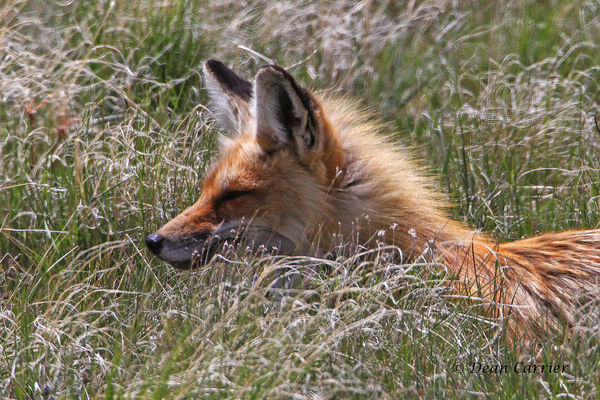Posts for: wdcarrier
Nov 6, 2019 12:11:05 #
ecobin wrote:
Beautiful set.
Actually, only a few were within the camps. Most were locations we traveled to where there were known populations of specific birds (e.g. Lambert Bay gannet colony, Boulder Beach penguin colony) and birds located while traveling the roads in Kruger NP.
Nov 5, 2019 13:15:07 #
PixelStan77 wrote:
Great images. Hand held or tripod?
All from a tripod.
Nov 4, 2019 23:26:47 #
Of my photo excursions, South Africa was the most productive. In 11 days, traveling to a number of sites, I got images of over 140 birds, 22 mammals and several reptiles and invertebrates. So many beautiful birds, it’s hard to choose which to publish but here are just a few:
Cape grass bird
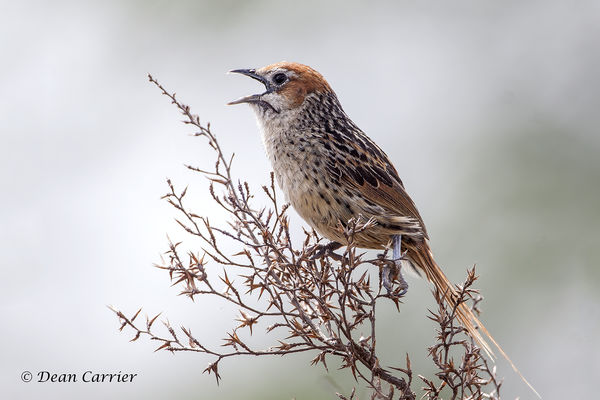
Wattled starling
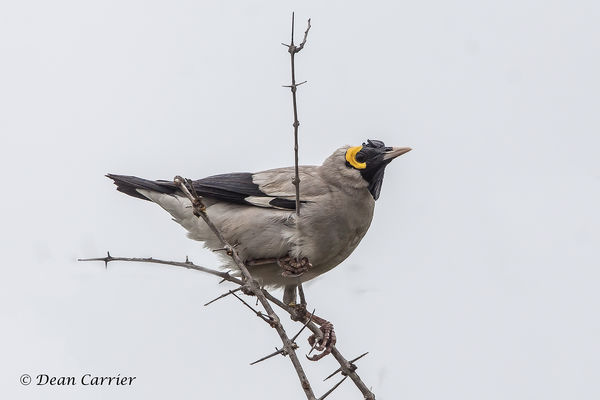
African penguin
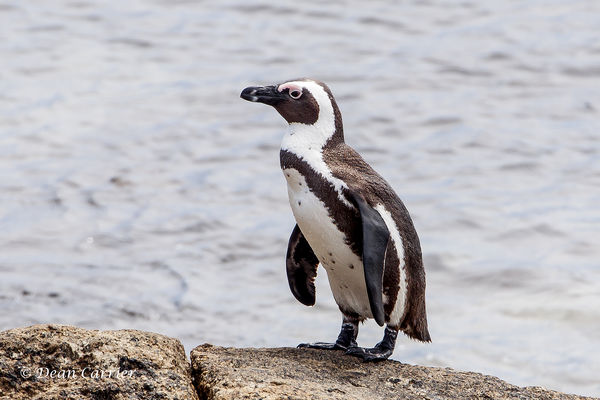
Masked weaver
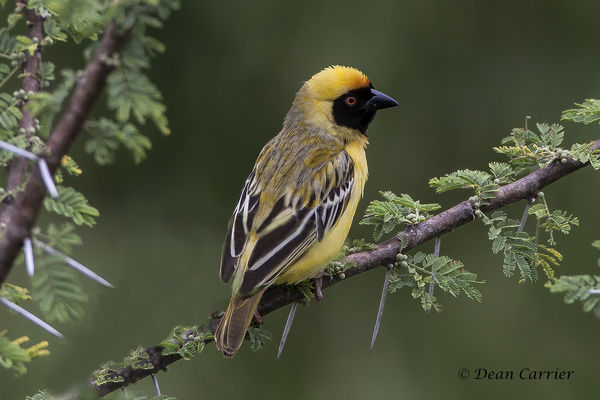
African wattled lapwing
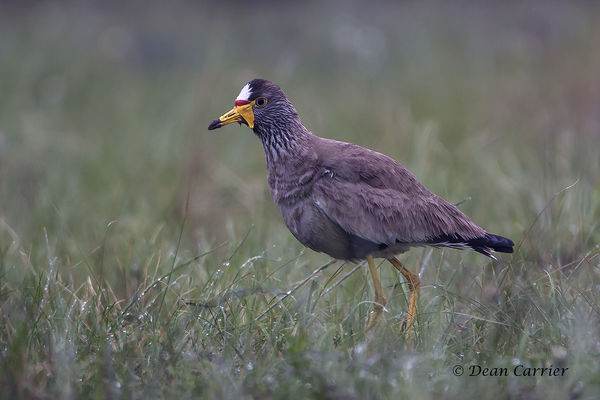
Blue crane
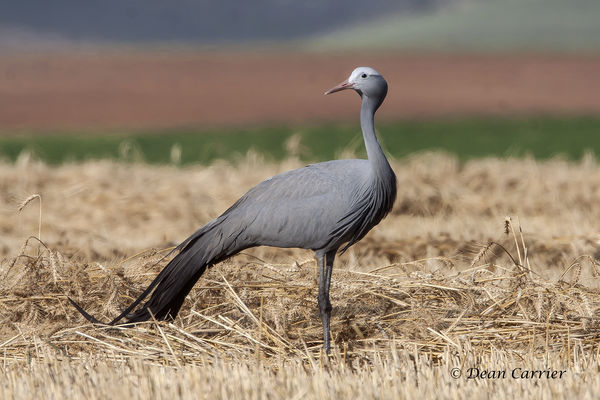
Magpie shrike
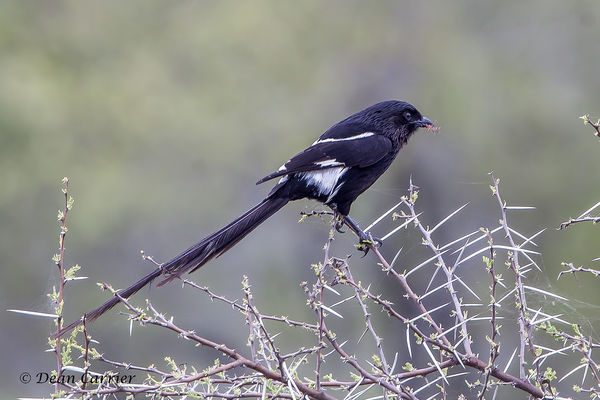
Double-collared sunbird
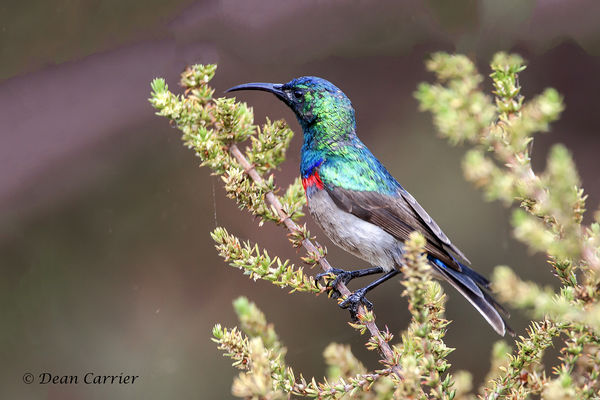
African hoopoe
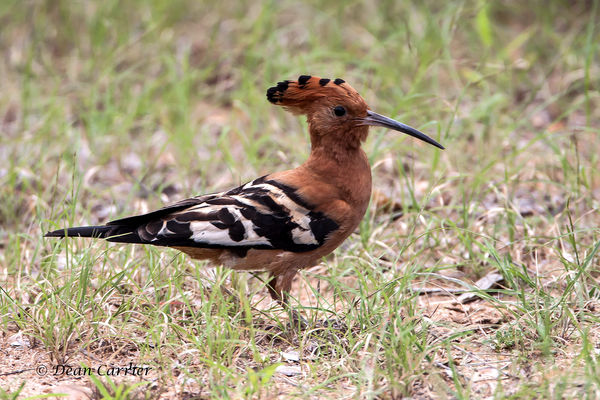
Cape gannet
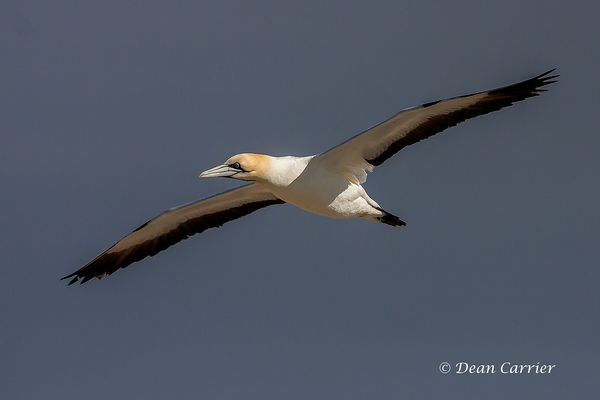
Oct 14, 2019 20:16:50 #
Obviously there are more colorful birds in the tropics than in the middle latitudes but except for several theories as to why it comes down to the fact there's a lot more bird species in the tropics. Take, for instance, Colombia. The USA is 9X larger but only had half as many bird species. Whatever, here's a few more:
.
.
Toucan barbet, Ecuador
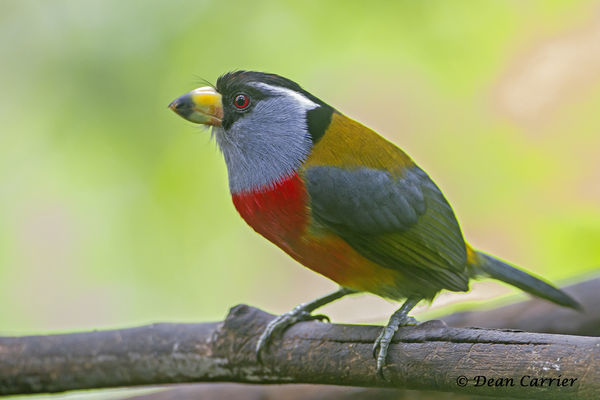
Flame-faced tanager, Panama
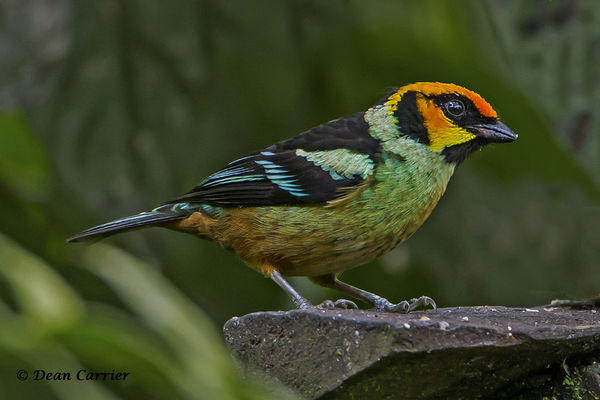
Rufous-crested coquette, Panama
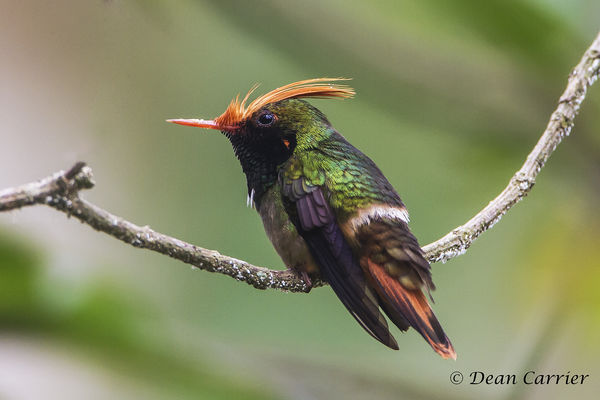
Violet-backed starling, South Africa
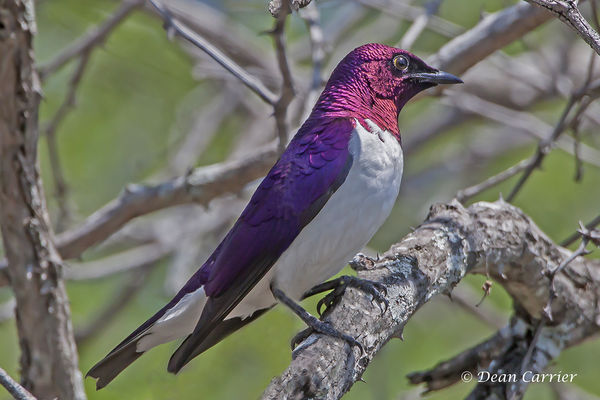
Red-headed barbet, Ecuador
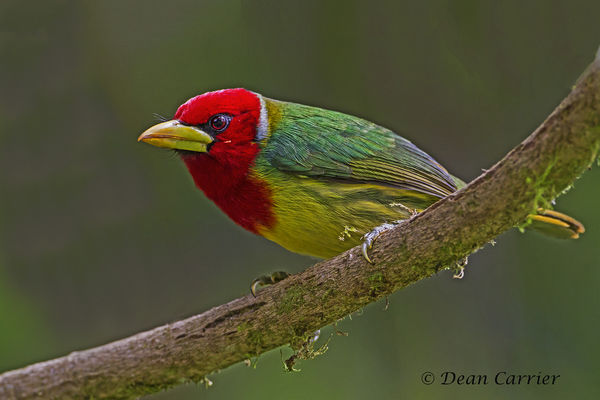
Red-necked tanager, Brazil
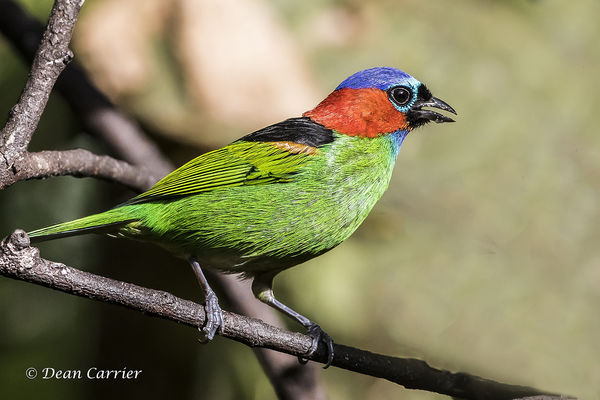
Scarlet macaw, Costa Rica
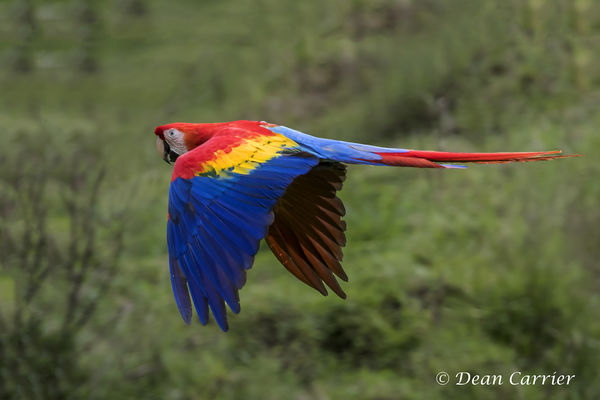
Golden-hooded tanager, Panama
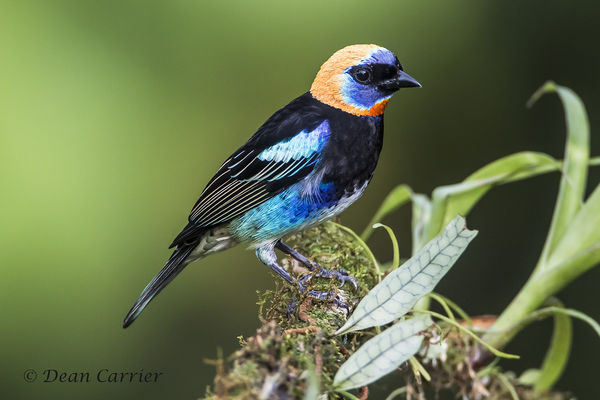
Double-collared sunbird, South Africa
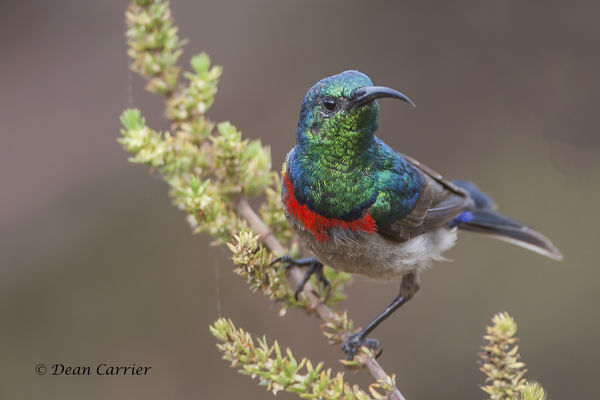
Black-chested mountain tanager, Ecuador
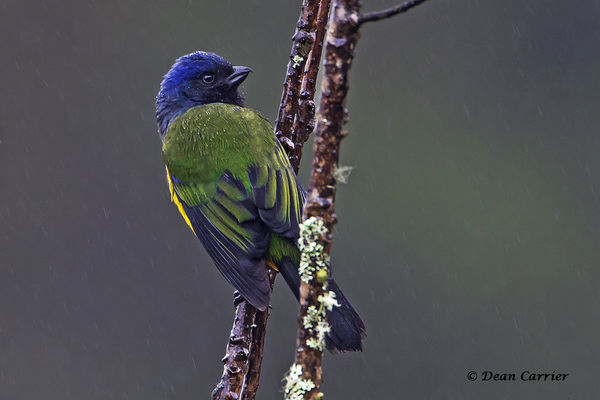
Oct 12, 2019 14:00:16 #
Apparently some birds just can’t decide on which color is best so they find a way to use several, hoping one is the key to success. Here are a few of those birds:
Green-headed tanager-Brazil
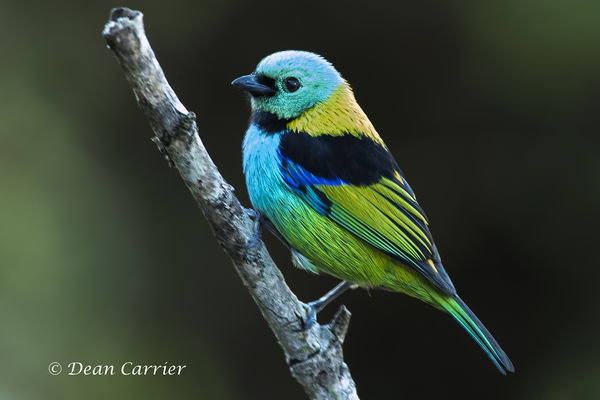
European bee-eater, South Africa
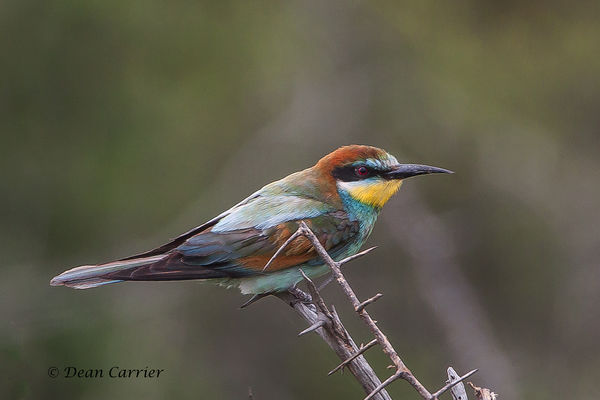
Lazulai bunting, Arizona
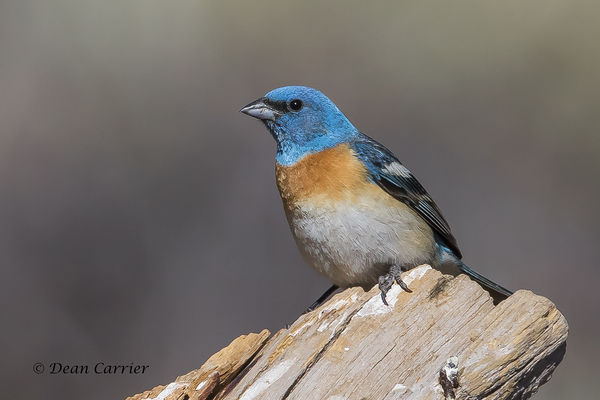
Pale-billed Acari, Ecuador
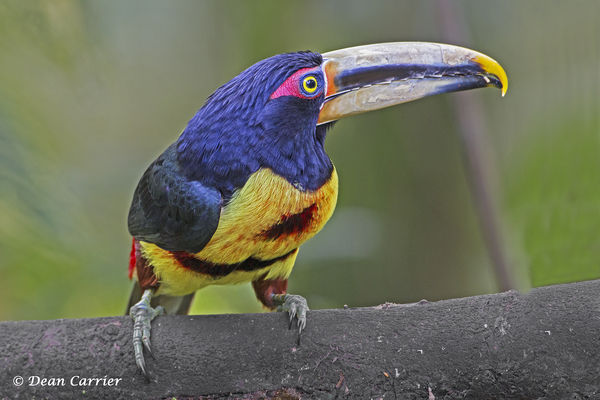
Lilac-breasted roller, South Africa
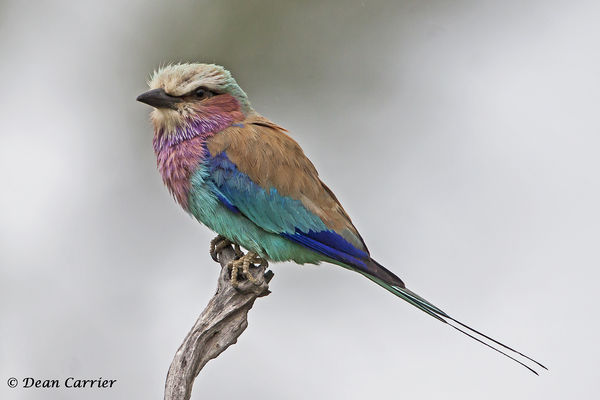
Keel-billed toucan, Costa Rica
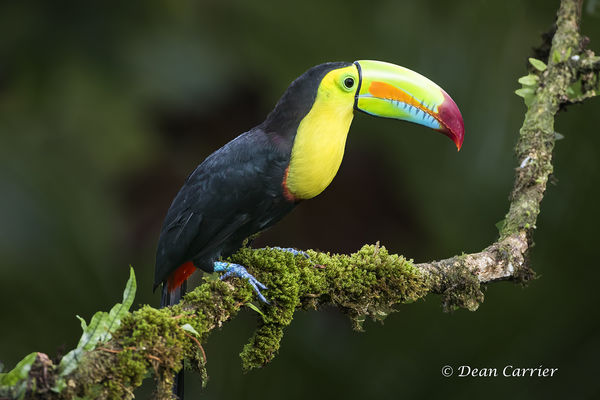
Crested barbet, South Africa
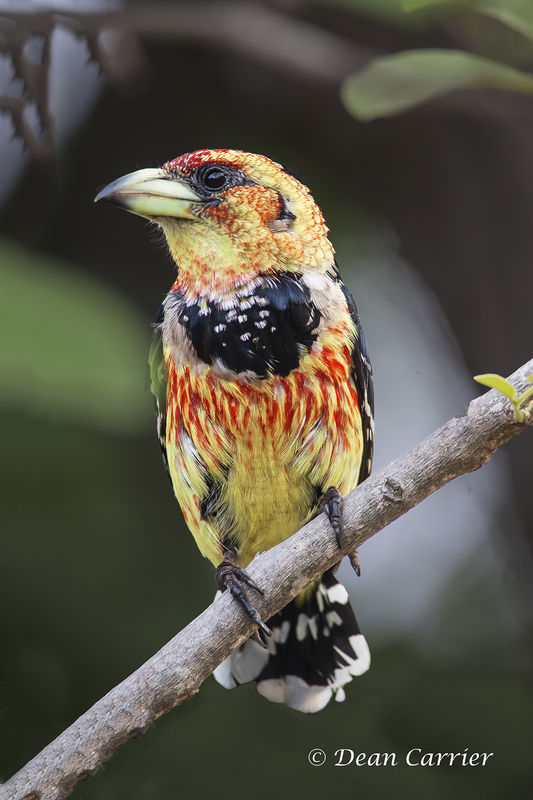
Orange-breasted sunbird, South Africa
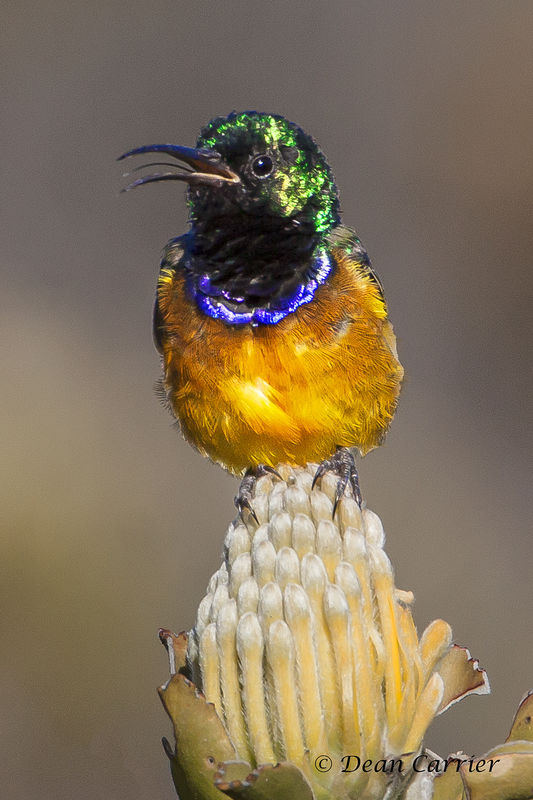
Brazilian ruby, Brazil
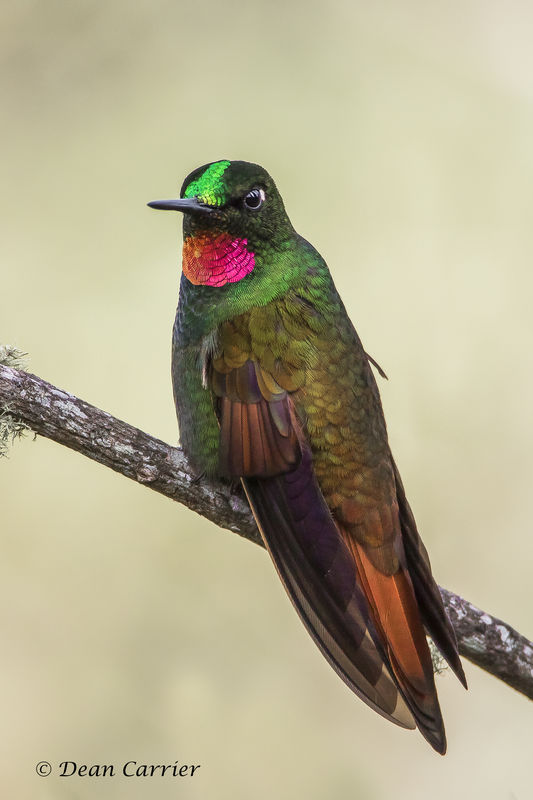
Masked trogon, Ecuador
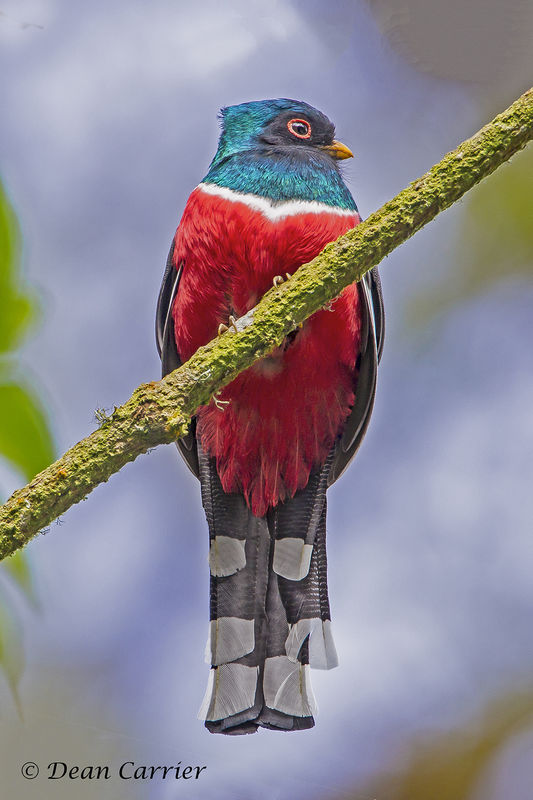
Oct 12, 2019 10:45:16 #
Very unique. I've never seen one at this stage of plumage. Good detail and perch.
Oct 10, 2019 14:41:15 #
As a bird photographer, one habit I can’t break myself of is taking images of cardinals wherever I may find them. I guess it’s because they’re so RED! So, I asked myself, “Why are humans so attracted to red?” Well, you can Google the answer for yourselves. I’ll just stick to things I’m comfortable with, providing images of some of the red birds I’ve encountered.
Northern cardinal, Texas
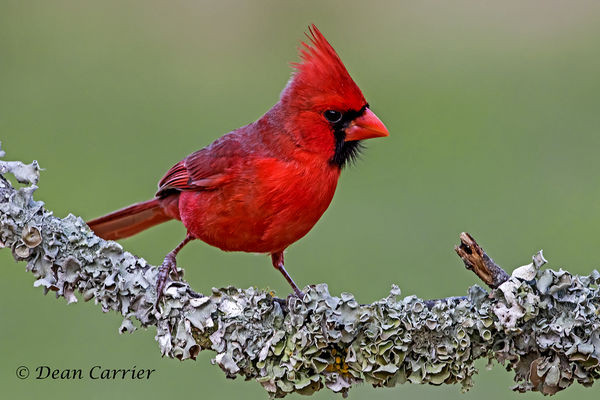
Scarlet tanager Texas
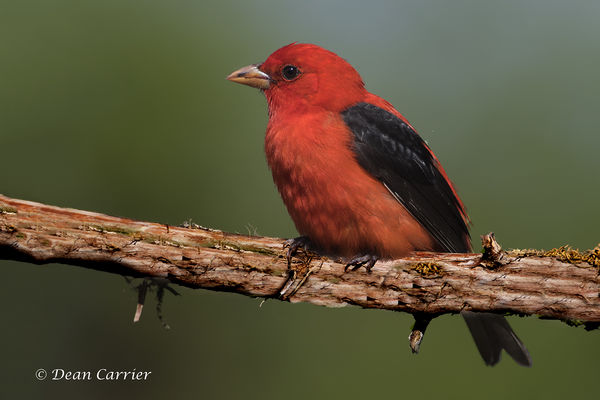
Vermillion flycatcher, Arizona
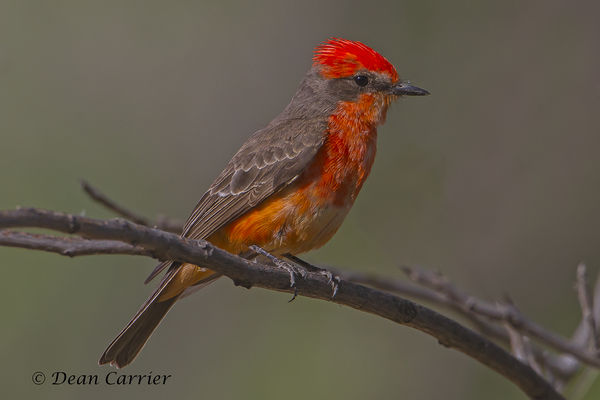
Cinnamon teal, California
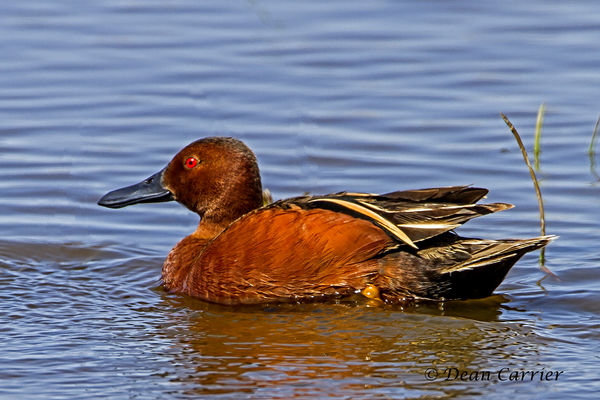
Crimson-backed tanager, Panama
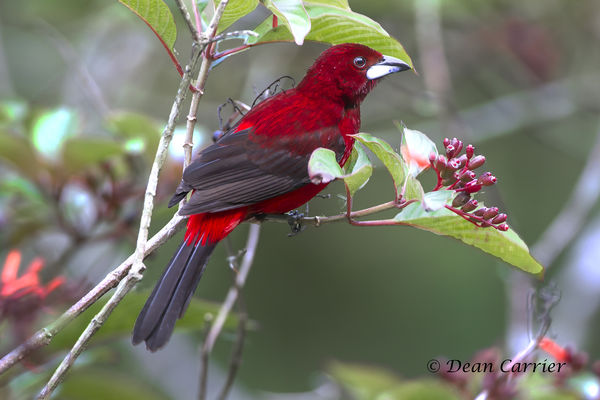
Elegant trogon, Arizona
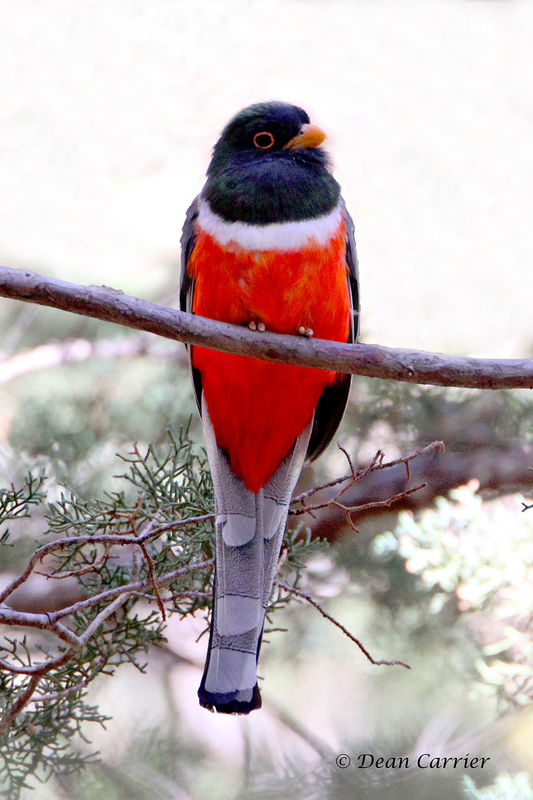
Anna's hummingbird, California
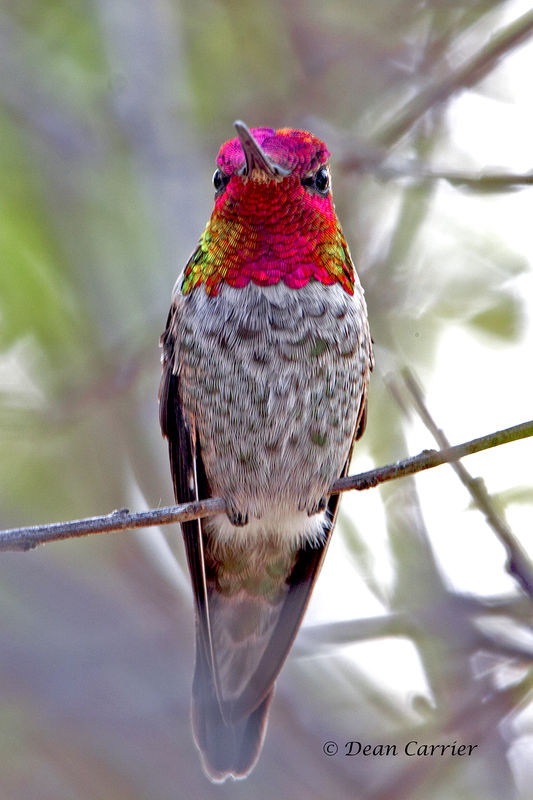
Scarlet macaw, Costa Rioca
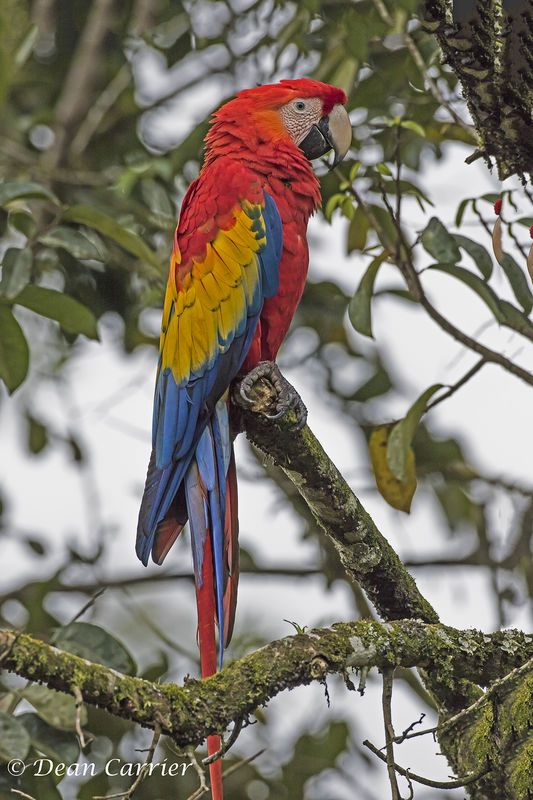
Linneated woodpecker, Panama
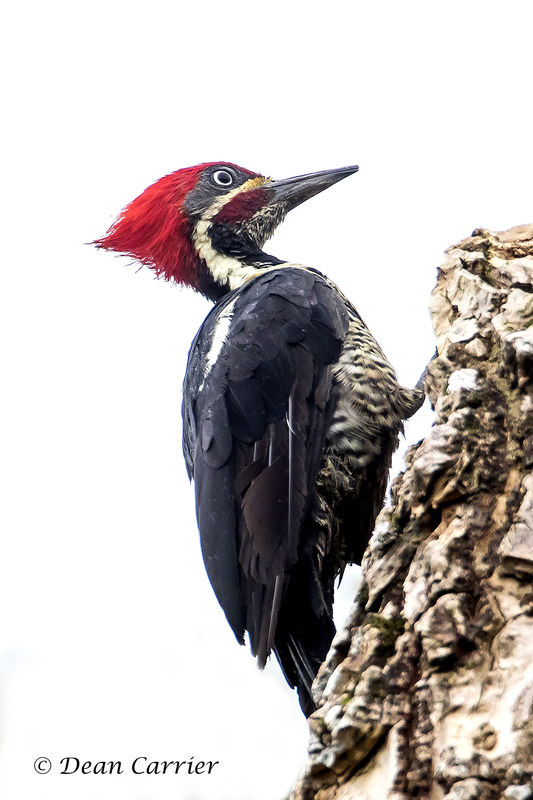
Phyruloxia, Arizona
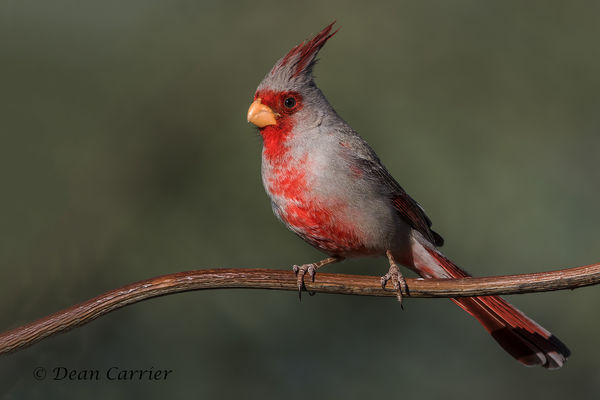
Oct 5, 2019 19:44:44 #
hassighedgehog wrote:
Is that Paradise, CA the place that burned down? Or another of the same name?
It's one in the same. Lots of birds lost their habitat.
Oct 4, 2019 14:19:23 #
My apologies to Harry Belafonte as I have no image of a yellow bird in a banana tree (are banana plants considered to be trees?), but, I do have a lot of images of yellow birds as this color in birds rivals the blues in sheer numbers. So, leaving the blues for a while (there’s still lots more), I’ll delve into my image cache and pull out the yellows.
Color plays an important role in how birds interact with each other, including how they choose mates. Yellow is pretty flashy and easy to detect, maybe that why there’s so many sporting this color. Here are a few:
.
Color plays an important role in how birds interact with each other, including how they choose mates. Yellow is pretty flashy and easy to detect, maybe that why there’s so many sporting this color. Here are a few:
.
Yellow weaver, Bontebok NP, South Africa
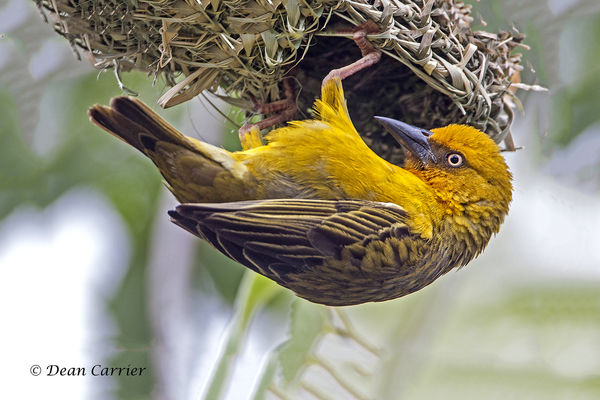
American goldfinch, Paradise, California
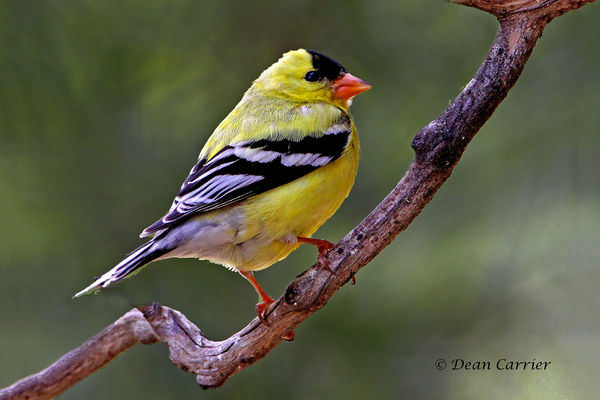
Rusty-margined flycatcher, Darian, Panama
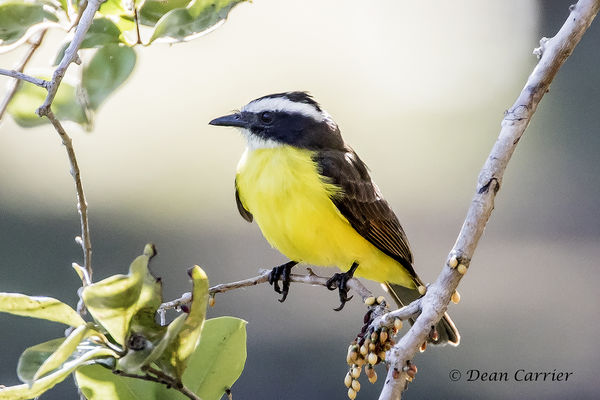
Common yellowthroat, Tucson, Arizona
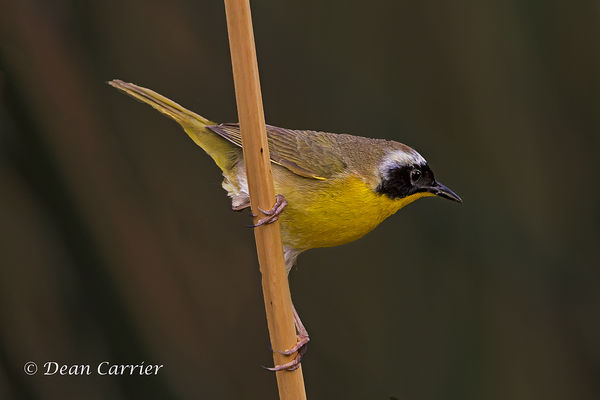
Saffron finch, Itatiaia NP, Brazil
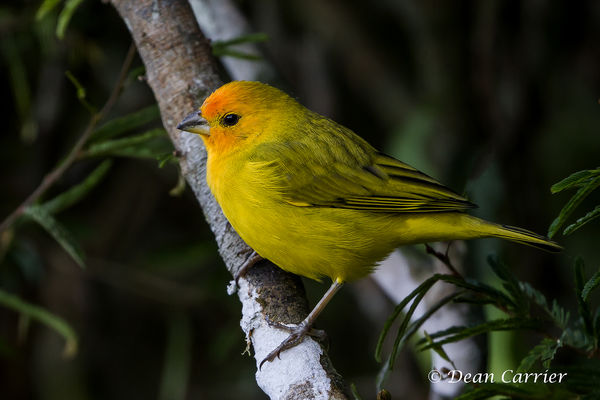
Yellow warbler, Edmonds, Washington
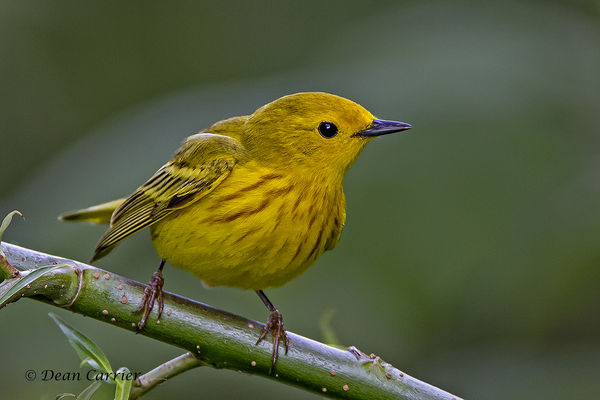
Scott's oriole, Portal, Arizona
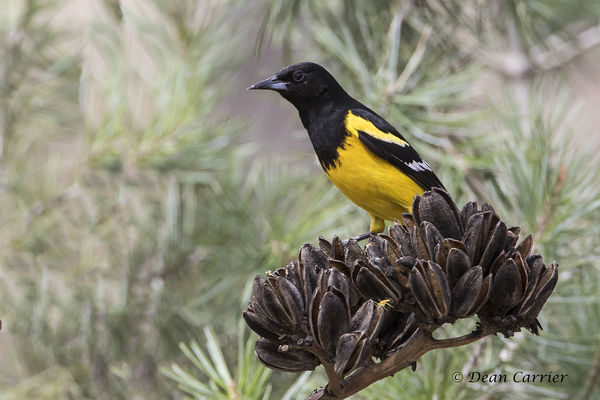
Speckled whitestart, Savengre, Costa Rica
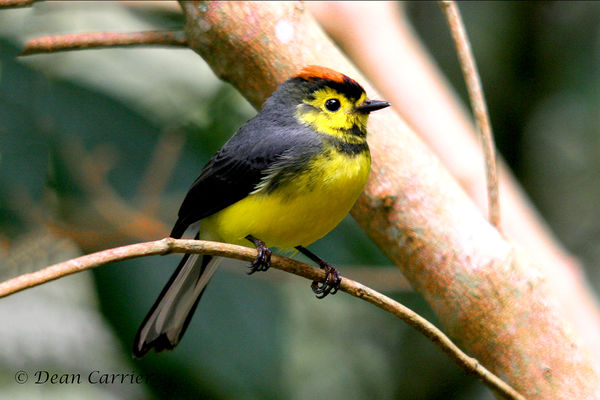
Western tanager, Fort Rock, Oregon
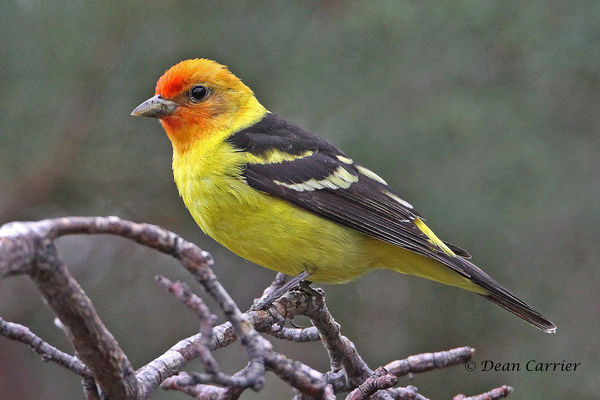
Yellow-headed blackbird, Camas NWR, Idaho
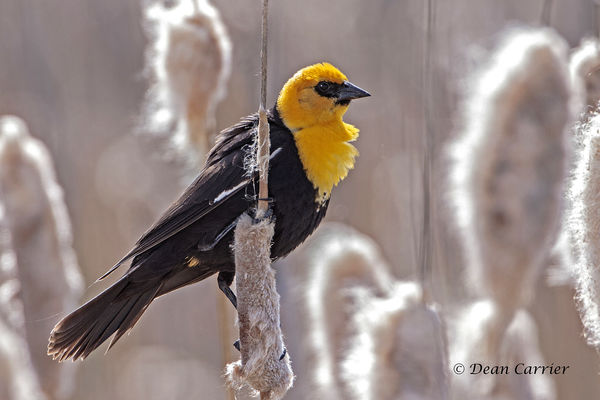
Sep 30, 2019 19:06:18 #
A primary thing that so attracts us to birds is their variety in coloration. In the process of categorizing my bird images I realized how many species of birds were blue or had dominantly blue coloration. Curious…I googled and found no bird species can make blue from pigments. Red and yellow feathers get their color from actual pigments, called carotenoids, which are in the foods birds eat. Blue is different―The color blue that we see on a bird is created by the way light waves interact with the feathers. Here are a few of “blue” birds in my image collection:
Mountain bluebird, Yellowstone NP, Montana
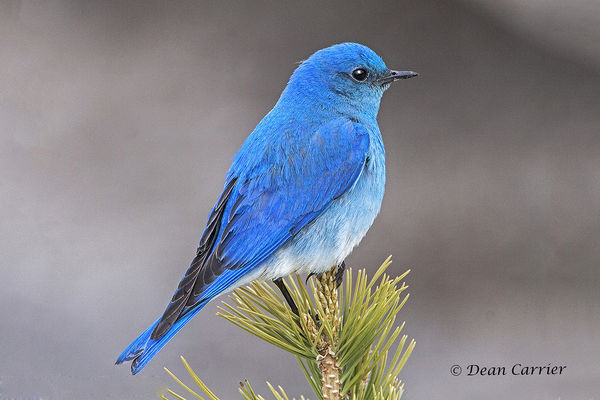
Blue Dacnis, Darian, Panama
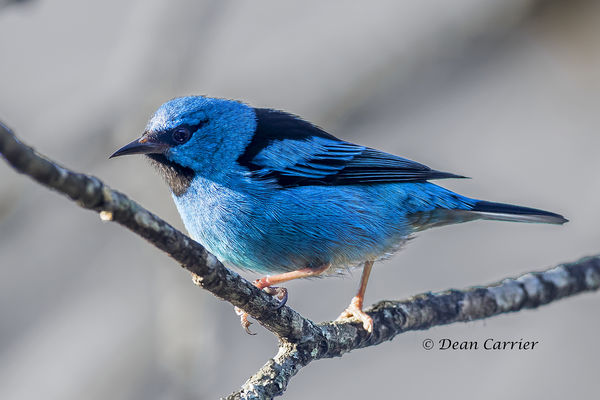
Steller's jay, Lassen NP, California
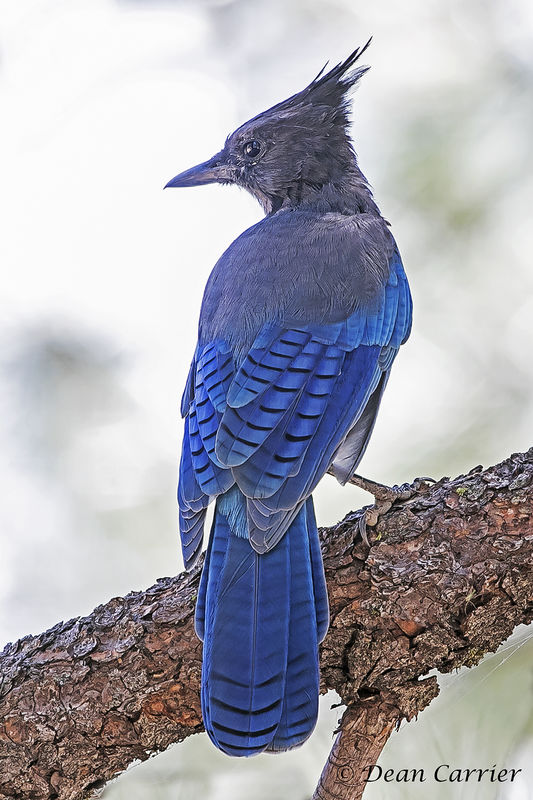
Common scimitarbill, Kruger NP, South Africa
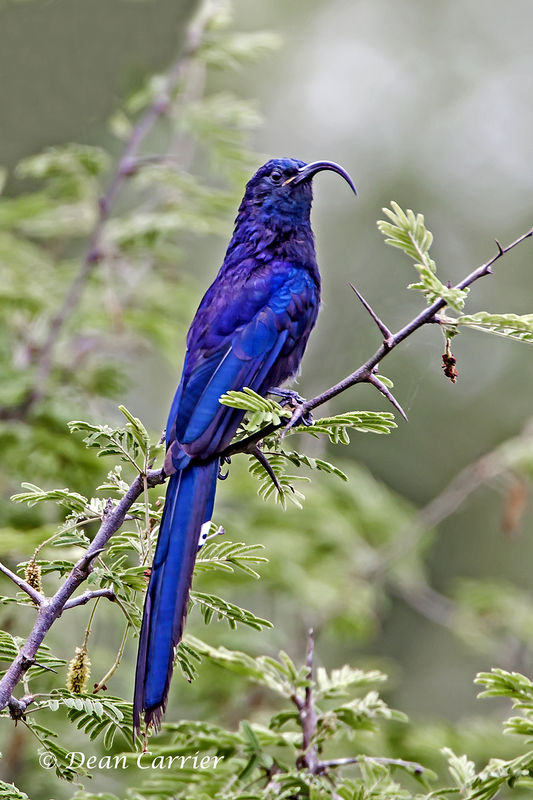
Indigo bunting, Portal, Arizona
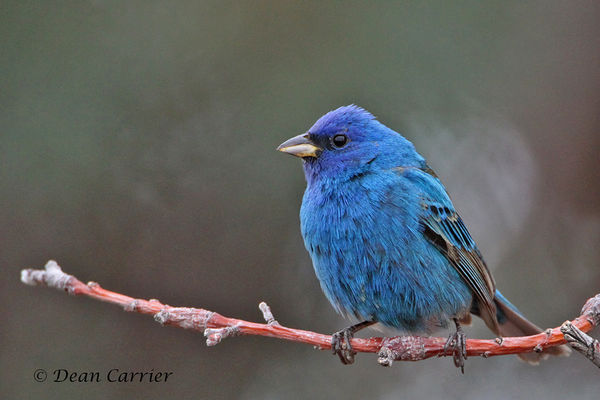
Black collared jay, Tandayapa, Ecuador
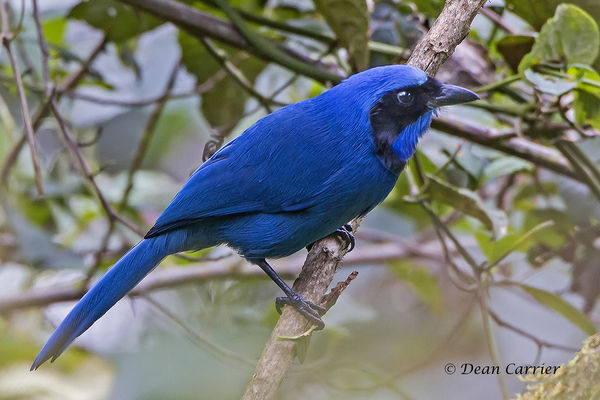
Hyacinth macaw, Pantanal, Brazil
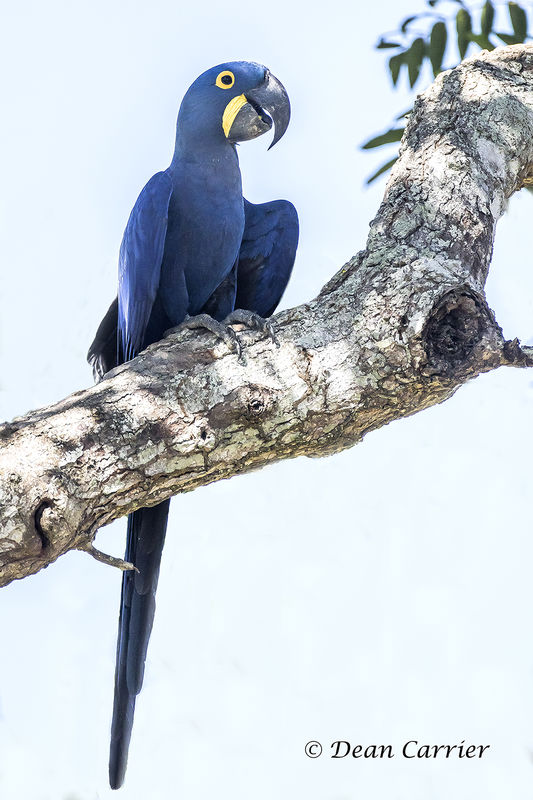
Velvet purple coronet, Tandayapa, Ecuador
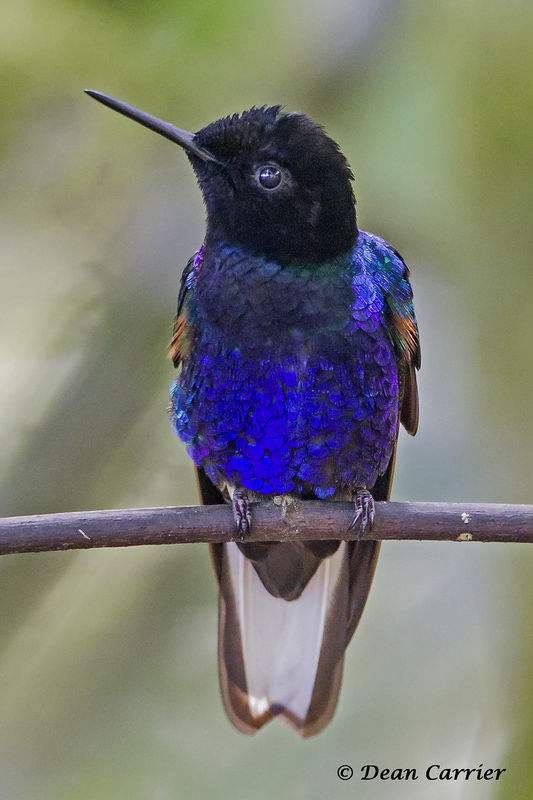
Tri-colored heron, Galveston Island, Texas
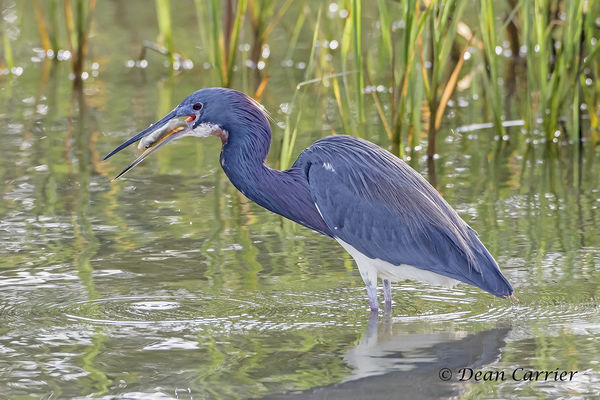
Tree swallow, Paradise, California
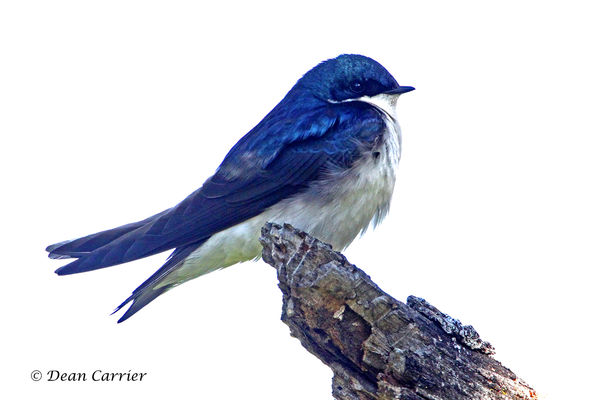
Sep 23, 2019 19:57:08 #
Sep 23, 2019 17:16:01 #
Aside from hummingbirds, there are several other species of tropical birds that are obligate nectar feeders. The honeycreepers utilize their long bills to suck the honey from larger flowers. The flower piercers use a different method, piercing the flower from below with their hooked bills and obtaining the nectar as it flows out.
Green honeycreeper (male)
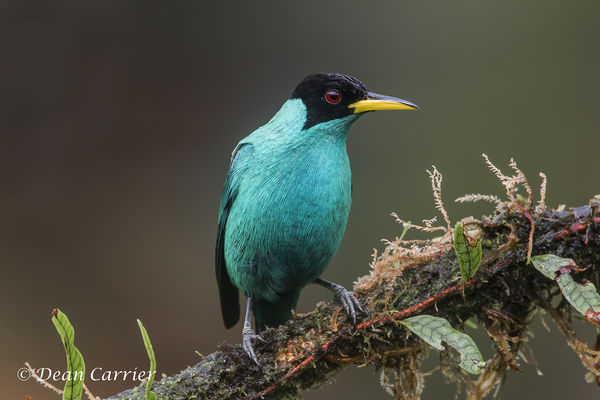
Green honeycreeper (female)
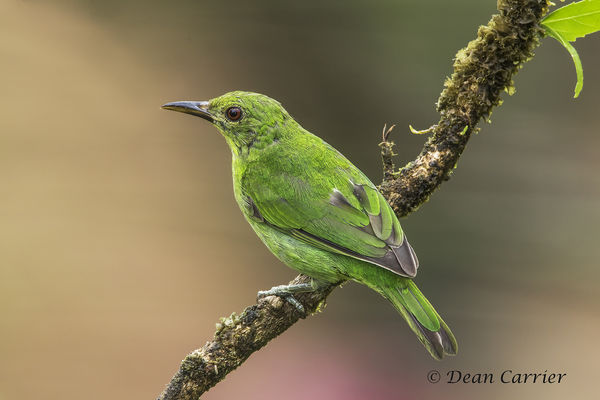
Black flowerpiercer (male)
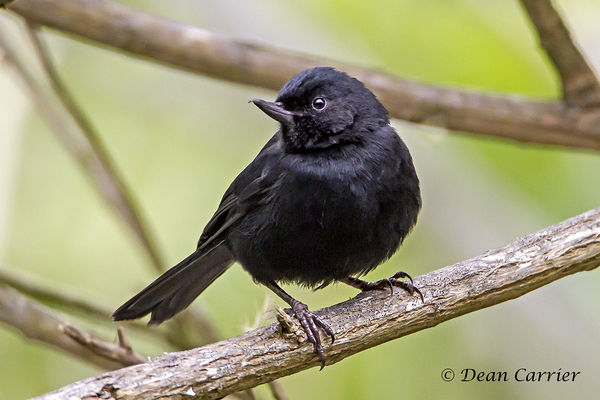
Shining honeycreeper (male)
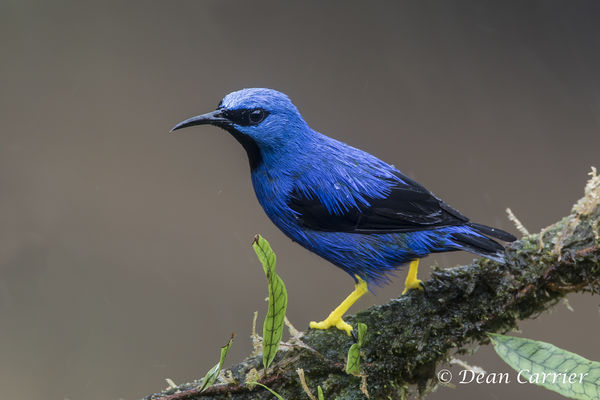
Shining honeycreeper (female)
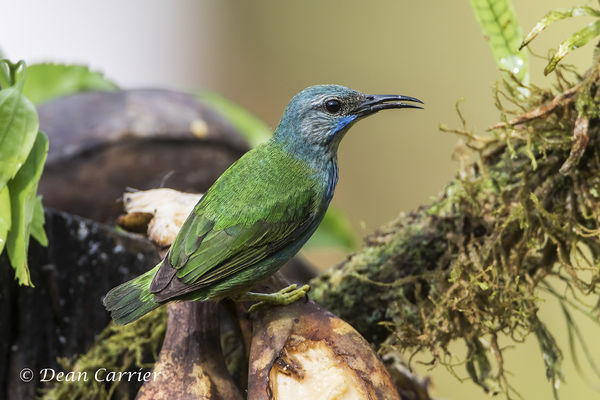
Masked flowerpiercer (male
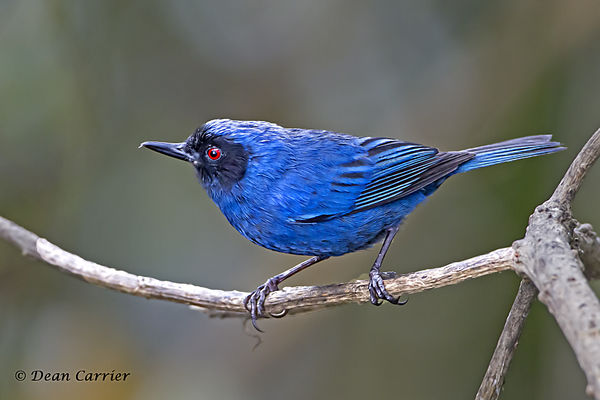
Red-legged honeycreeper (male)
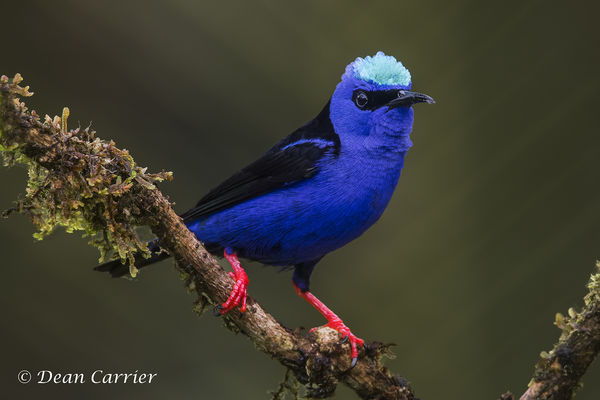
Glossy flowerpiercer (male)
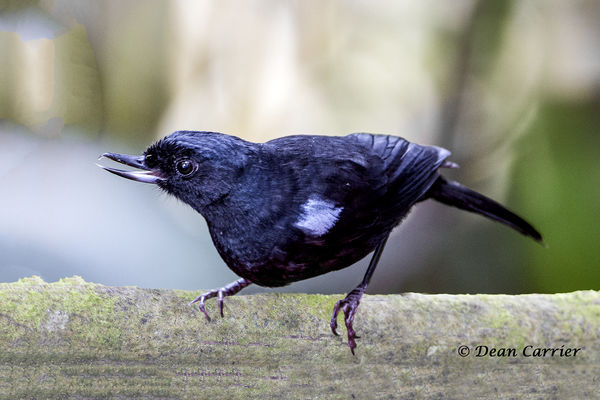
Sep 20, 2019 13:21:26 #
Kaib795 wrote:
All great shots, did you get them all in a ground blind? Did you go in the morning or evening and in a blind I guess a tripod works fine all hidden away?
Some are from a blind, some from a vehicle and some just lucky encounters in the field. All are either shot from a tripod or a beanbag on the vehicle window sill.
Sep 19, 2019 12:42:09 #
A few more from my files. The trail camera has been picking up lots of activity within the redwood forest below the house but it's all in the dead of night. Days are getting shorter (and wetter) so I'll have to wait until next spring to set up the blind.
Black-tailed jackrabbit, Sacramento NWR, CA
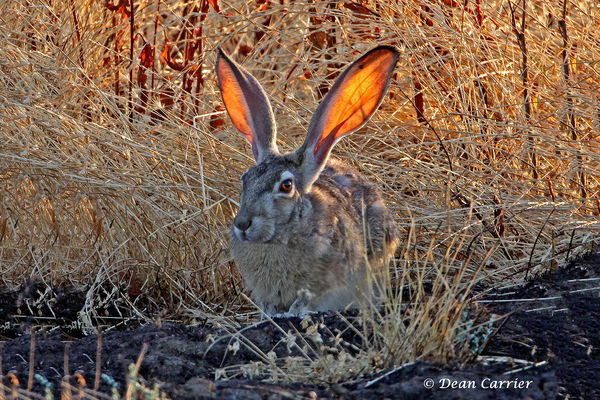
River otter, Trout Lake, Yellowstone NP, WY
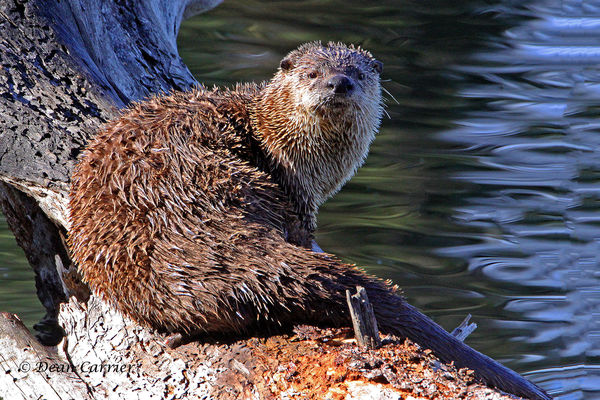
Golden-mantled ground squirrel, Davis Lake, CA
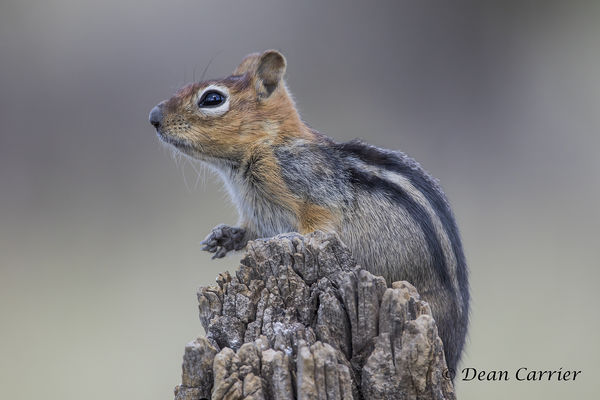
Coyote, Yellowstone NP, WY
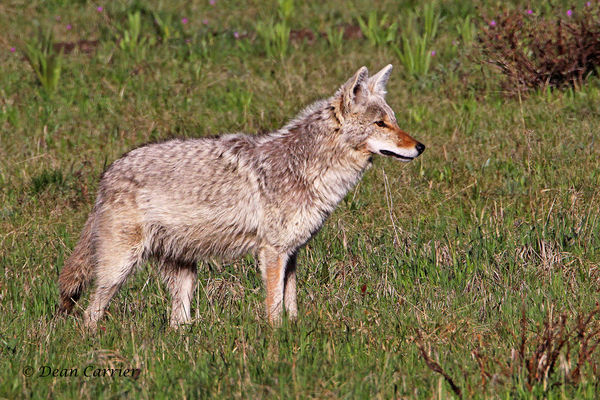
Pika, Lassen NP, CA
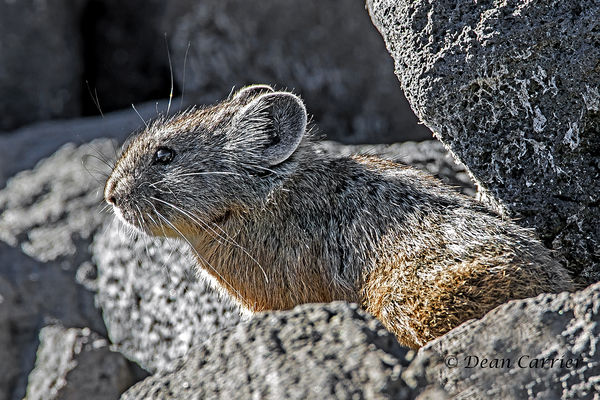
Badger, Yellowstone NP, WY
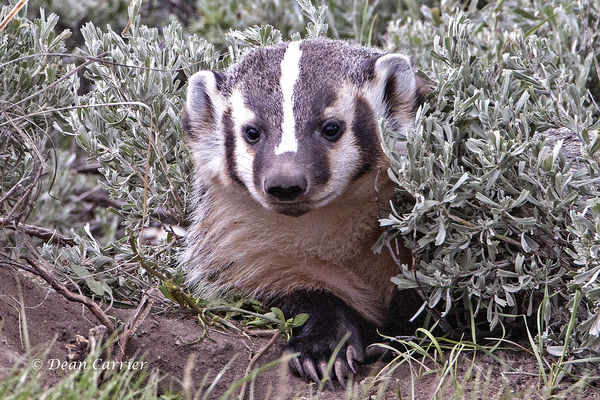
Pine squirrel, Davis Lake, CA
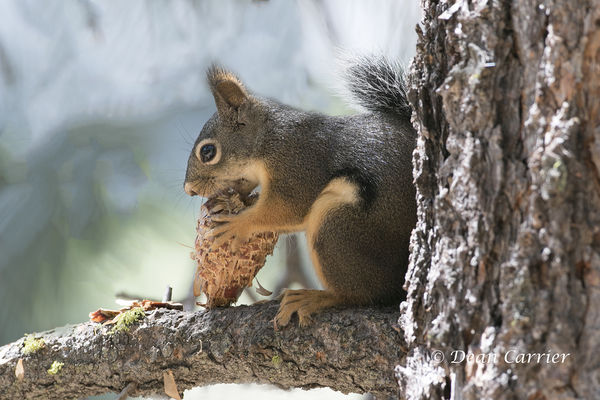
Bobcat, Pinnacles NP, CA
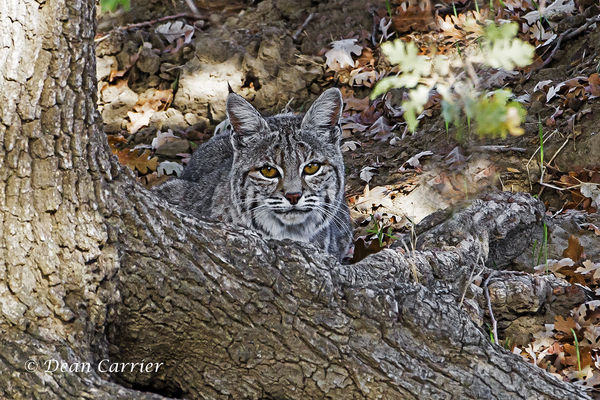
Yellow pine chipmunk, Fort Rock, OR
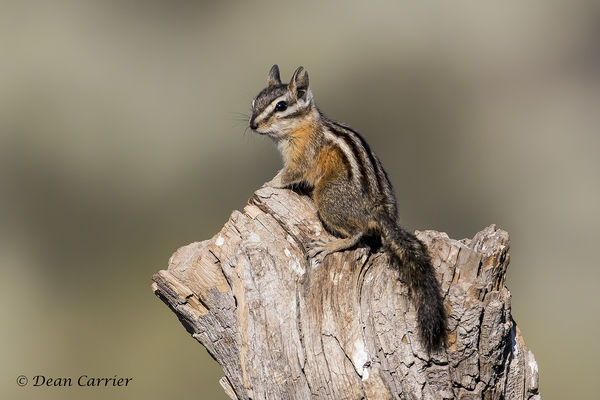
Fox squirrel, Santa Ana Refuge, TX
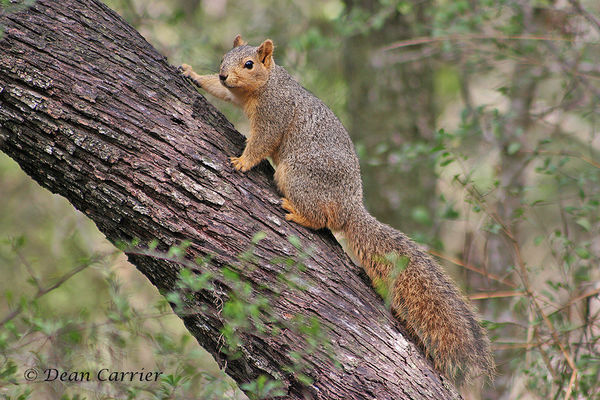
Sep 17, 2019 19:03:50 #
Photographing small mammals is significantly different than getting images of birds. Many of the small mammals are nocturnal, hiding during the day. Some rodents (squirrels and chipmunks) are more easily found during the day but many of these images were happenstance, just having the camera available at the right time. My beaver shots are not worth printing and I'm still waiting for the porcupine.
Raccoon, Gray Lodge Refuge, CA
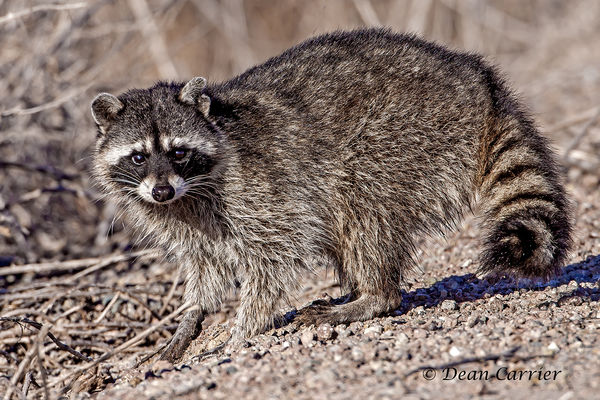
Gray squirrel, Paradise, CA
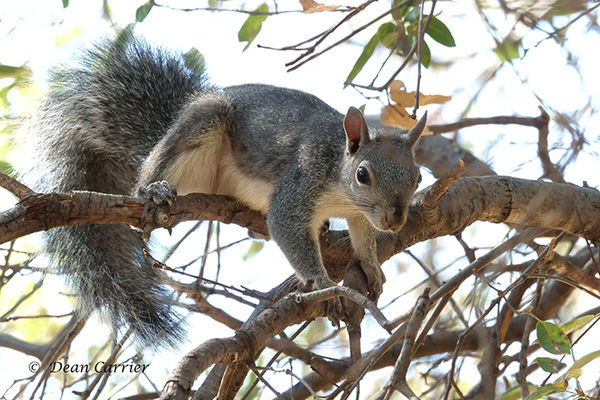
Long-tailed weasel, Corpus Christi, TX
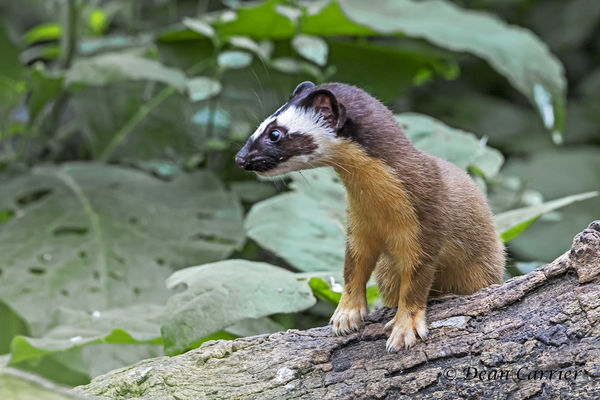
Sea otter, Moss Landing, CA
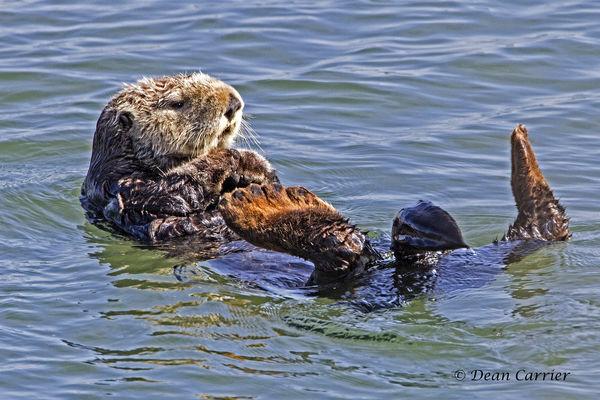
Desert cottontail, Portal, AZ
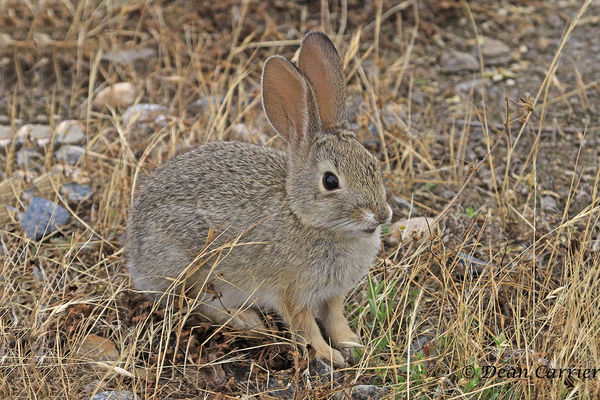
Coati Mundi, Paradise, AZ
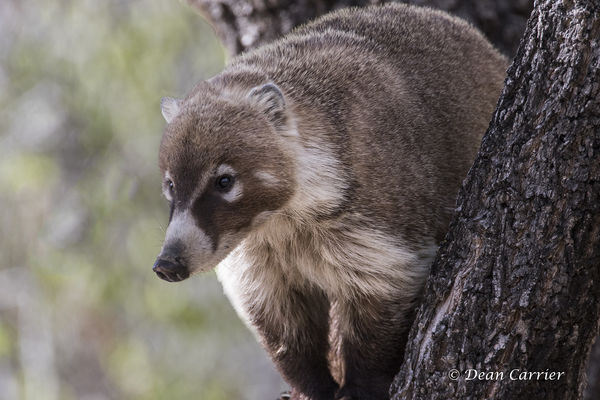
Yellow-bellied marmot, Snake River, ID
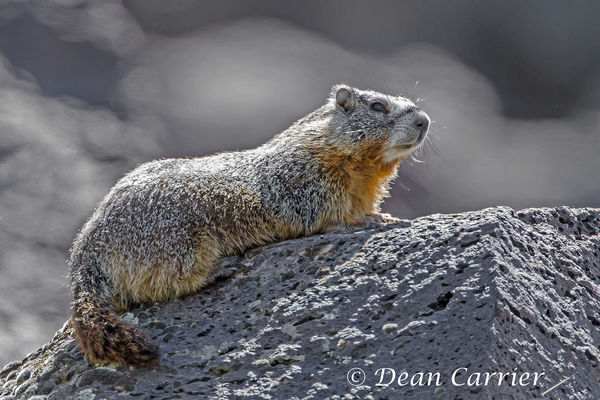
Harris antelope squirrel, Madera Canyon, AZ
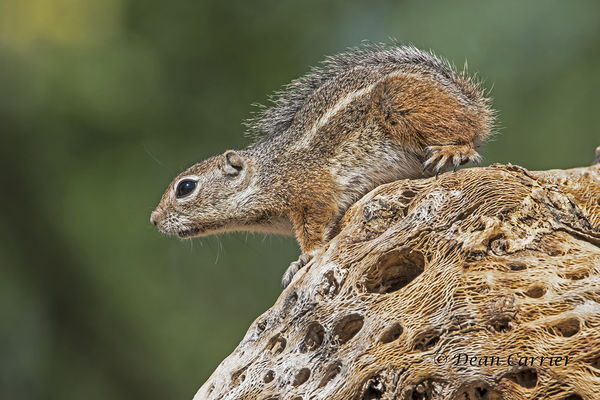
Red fox, Yellowstone, WY
